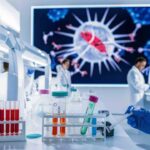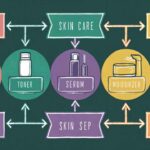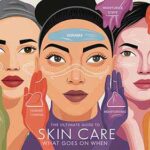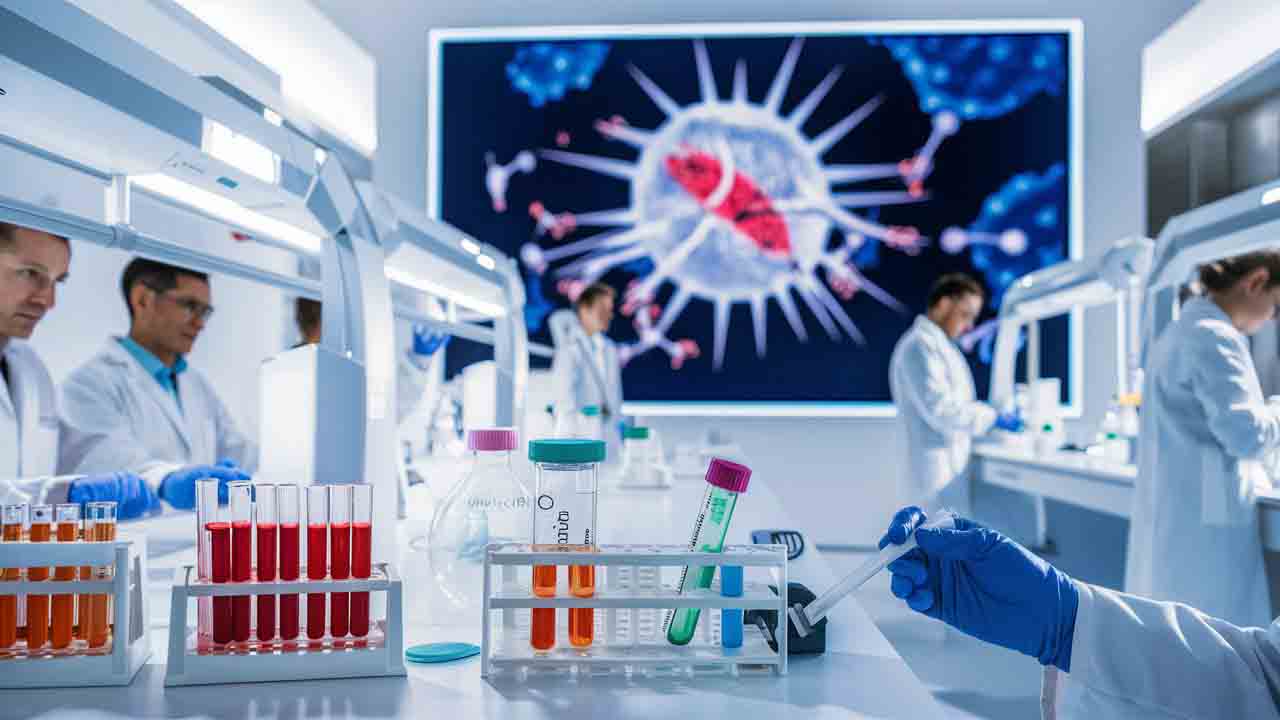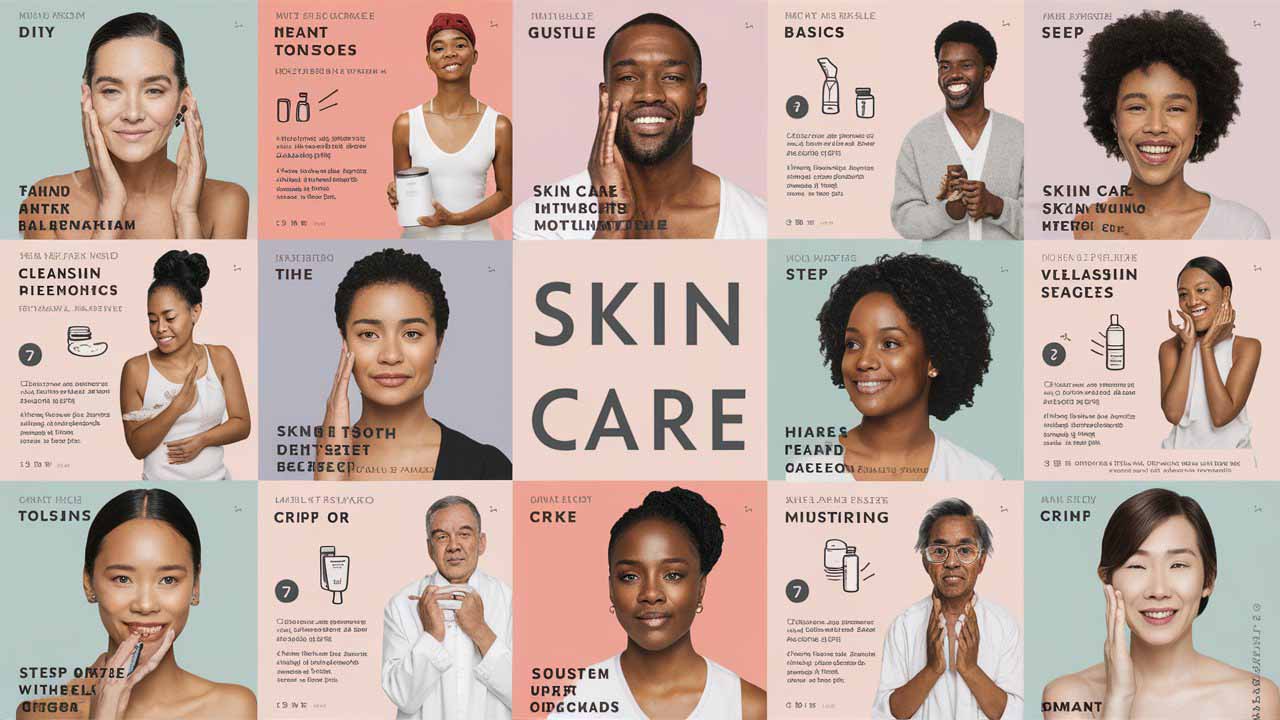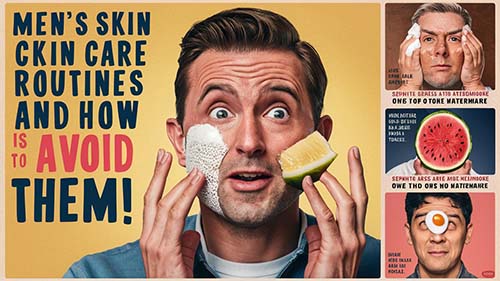Cancer remains one of the most significant health challenges globally, affecting millions of people each year. While advancements in cancer treatment have improved survival rates, the best strategy is often preventing cancer from developing in the first place. Cancer prevention pharmaceuticals are crucial in this approach, offering various options to reduce the likelihood of cancer occurring, particularly in high-risk individuals. This guide explores the types, mechanisms, benefits, risks, and future directions of these pharmaceuticals, emphasizing their vital role in modern healthcare.
Understanding Cancer Prevention Pharmaceuticals
Cancer prevention pharmaceuticals are drugs or compounds specifically designed to lower the risk of developing cancer. Unlike treatment medications that are administered after a cancer diagnosis, these pharmaceuticals are intended for individuals who are at higher risk of cancer, aiming to prevent the disease before it starts.
There are various types of cancer prevention drugs, each working through different mechanisms. These include chemoprevention agents, vaccines, and natural compounds, all targeting specific biological pathways that contribute to cancer development.
Types of Cancer Prevention Pharmaceuticals
1. Chemoprevention Agents
Chemoprevention agents are drugs developed to prevent cancer in high-risk individuals. For instance, Tamoxifen is widely used to reduce the risk of breast cancer in women with a significant family history of the disease or who carry the BRCA1 or BRCA2 gene mutations. Tamoxifen works by blocking estrogen receptors in breast tissue, preventing estrogen from stimulating the growth of potentially cancerous cells. Another example is Raloxifene, which is similarly used to prevent breast cancer, particularly in postmenopausal women.
2. Vaccines
Vaccines play a crucial role in cancer prevention by protecting against viruses that can lead to cancer. The HPV vaccine is one of the most effective cancer prevention tools available, significantly reducing the risk of cervical cancer by preventing infection with the human papillomavirus. Similarly, the Hepatitis B vaccine helps prevent liver cancer by protecting against Hepatitis B, a significant risk factor for the disease.
3. Natural Compounds
Natural compounds are gaining attention as potential cancer prevention drugs. Curcumin, the active ingredient in turmeric, has shown promise in reducing the risk of several cancers due to its anti-inflammatory and antioxidant properties. Green Tea Extract, rich in catechins, has also been studied for its ability to lower the risk of cancers such as breast, prostate, and liver cancers. These natural compounds are often used as complementary therapies alongside traditional pharmaceuticals.
How Cancer Prevention Pharmaceuticals Work
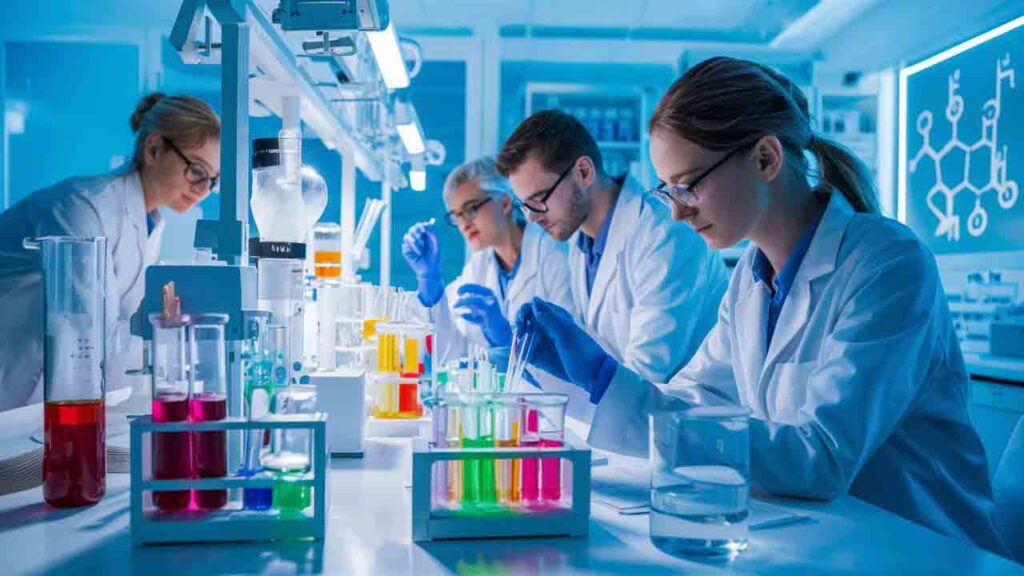
Cancer prevention pharmaceuticals work through various mechanisms, each targeting different aspects of cancer development:
1. Hormonal Modulation
Hormonal therapies, such as Tamoxifen and Raloxifene, work by blocking hormones like estrogen that can fuel the growth of cancer cells. By preventing these hormones from binding to receptors in tissues like the breast, these drugs reduce the risk of hormone-receptor-positive cancers.
2. Immune Response Enhancement
Vaccines like the HPV vaccine enhance the body’s immune response, enabling it to recognize and destroy cancer-causing viruses before they can cause harm. This proactive approach prevents the initial steps in the cancer development process, reducing the likelihood of cancer forming.
3. DNA Protection
Certain cancer prevention pharmaceuticals, such as Aspirin, work by protecting DNA from damage that can lead to cancer. Aspirin, a widely studied NSAID, reduces inflammation, which is linked to DNA damage and cancer development, particularly in the colon. By inhibiting the enzyme cyclooxygenase (COX), Aspirin reduces the risk of colorectal cancer in high-risk populations.
4. Antioxidant Activity
Natural compounds like Curcumin and Green Tea Extract provide antioxidant protection, neutralizing free radicals that can damage DNA and lead to cancer. These compounds are part of a growing interest in using natural substances as part of a comprehensive cancer prevention strategy.
Benefits and Risks of Cancer Prevention Pharmaceuticals
While cancer prevention pharmaceuticals offer significant benefits, including reducing the incidence of various cancers, they also come with potential risks and side effects.
Benefits:
The primary benefit of these pharmaceuticals is their ability to lower cancer risk, particularly in high-risk populations. For example, Tamoxifen has been shown to reduce the incidence of breast cancer by up to 50% in women at high risk. Similarly, the HPV vaccine has dramatically decreased the rates of cervical cancer in countries where it is widely administered.
These drugs also improve overall health outcomes by preventing the need for more aggressive treatments like chemotherapy and radiation, which can have severe side effects and impact quality of life.
Risks:
However, cancer prevention pharmaceuticals are not without risks. Tamoxifen is associated with an increased risk of blood clots and endometrial cancer, while long-term use of NSAIDs like Aspirin can lead to gastrointestinal issues and cardiovascular events. It’s essential for patients to discuss these risks with their healthcare providers and consider them when deciding whether to use these medications.
Moreover, ethical considerations arise in the widespread use of these drugs, particularly when they are prescribed to individuals who may never develop cancer. Personalized risk assessments and informed consent are critical in ensuring that the benefits of these drugs outweigh the risks.
The Future of Cancer Prevention Pharmaceuticals
The future of cancer prevention pharmaceuticals is promising, with ongoing research and advancements paving the way for more effective and personalized prevention strategies.
Emerging Trends in Chemoprevention:
One exciting area of development is the use of targeted therapies that focus on specific genetic mutations associated with a higher risk of cancer. For example, drugs that target BRCA1 and BRCA2 mutations could offer new hope for individuals at high risk of breast and ovarian cancers.
Personalized Medicine:
Personalized medicine is also transforming cancer prevention, allowing for the development of individualized prevention strategies based on genetic, lifestyle, and environmental factors. Genomic profiling enables healthcare providers to identify specific mutations or genetic markers that indicate an increased risk of certain cancers, leading to more tailored and effective prevention plans.
Related What is Care Provision: A Comprehensive Guide for Healthcare
FAQs About Cancer Prevention Pharmaceuticals
1. What are cancer prevention pharmaceuticals?
Answer:
Cancer prevention pharmaceuticals are drugs or compounds specifically designed to reduce the risk of developing cancer. They are used before cancer develops, particularly in individuals who are at a higher risk due to genetic or environmental factors.
2. How do cancer prevention pharmaceuticals work?
- Answer:
- These pharmaceuticals work by targeting specific biological processes that contribute to cancer development. This includes hormonal modulation (e.g., Tamoxifen), immune enhancement (e.g., HPV vaccine), and DNA protection (e.g., Aspirin).
3. What types of cancers can be prevented with pharmaceuticals?
- Answer:
- Breast cancer, cervical cancer, colorectal cancer, and liver cancer are among the types that can be prevented with these pharmaceuticals.
4. Are there any side effects associated with cancer prevention pharmaceuticals?
- Answer:
- Yes, potential side effects can include blood clots, gastrointestinal issues, and an increased risk of other cancers, depending on the specific drug.
5. Who should consider taking cancer prevention pharmaceuticals?
- Answer:
- These pharmaceuticals are typically recommended for individuals with a high genetic risk, such as those with a family history of cancer or specific genetic mutations.
6. Can natural compounds like Curcumin effectively prevent cancer?
- Answer:
- Yes, natural compounds like Curcumin and Green Tea Extract show promise in reducing cancer risk and are often used as complementary therapies.
7. Is personalized cancer prevention available?
- Answer:
- Yes, personalized prevention strategies based on genetic profiling and lifestyle factors are emerging to optimize effectiveness.
Conclusion
Cancer prevention pharmaceuticals play a vital role in reducing cancer risk, particularly for individuals at high risk due to genetic or environmental factors. These drugs, including chemoprevention agents, vaccines, and natural compounds, offer a proactive approach to health by targeting the biological processes that can lead to cancer.
While the benefits of these pharmaceuticals are clear, particularly in reducing the incidence of cancers such as breast and cervical cancer, they must be used with caution due to potential risks and side effects. As research continues to advance, the future of cancer prevention pharmaceuticals looks promising, with personalized medicine and targeted therapies leading the way toward more effective and tailored prevention strategies.
By staying informed and working closely with healthcare providers, individuals can make educated decisions about incorporating these pharmaceuticals into their cancer prevention plans, ultimately reducing their risk and contributing to better long-term health outcomes.


